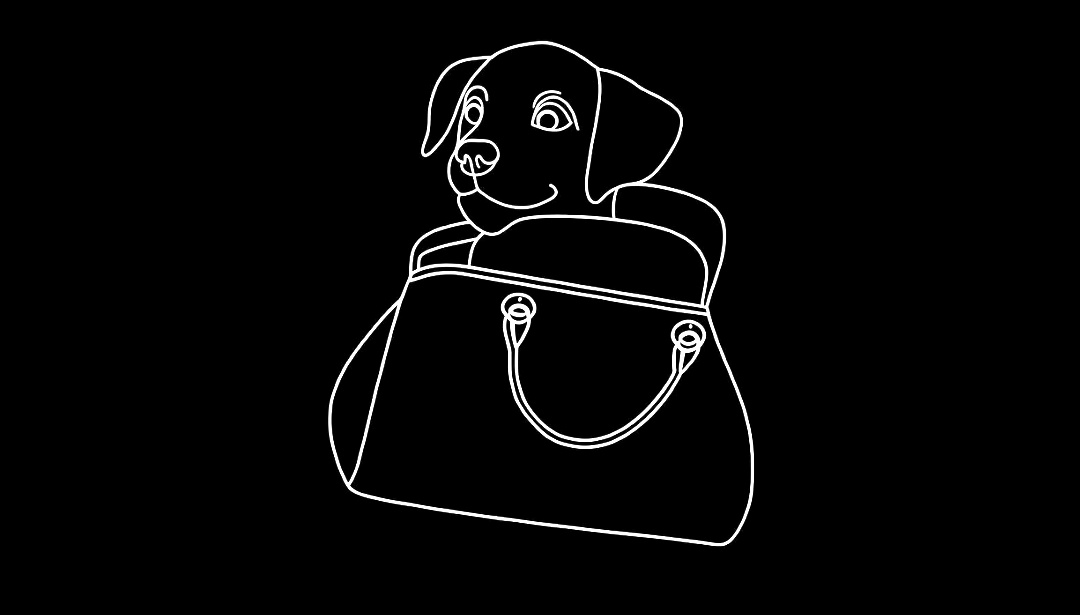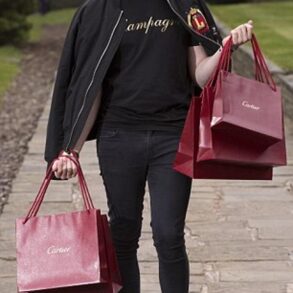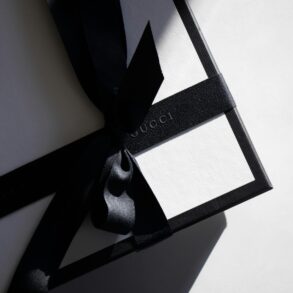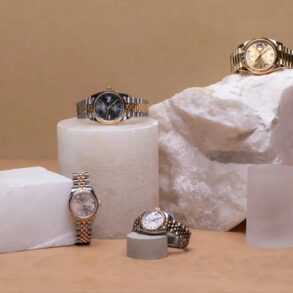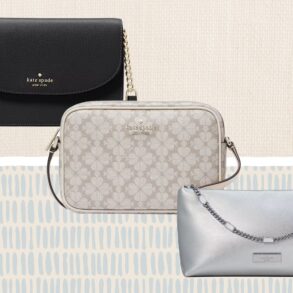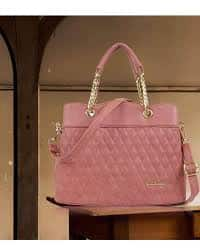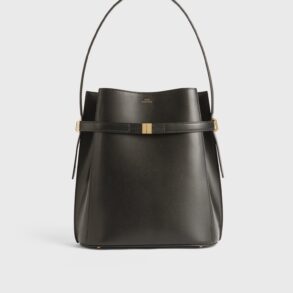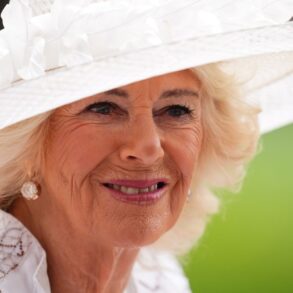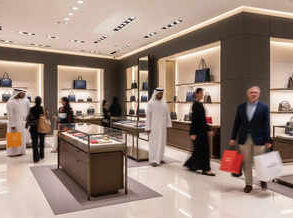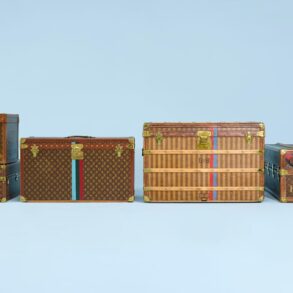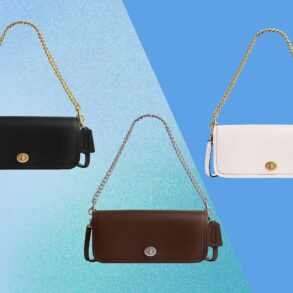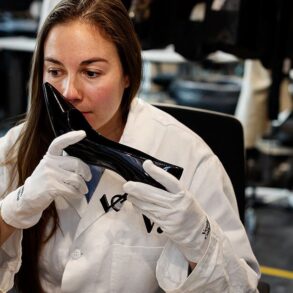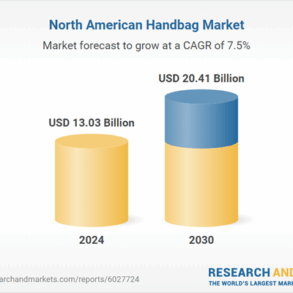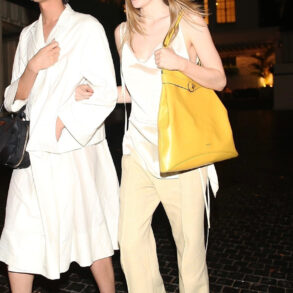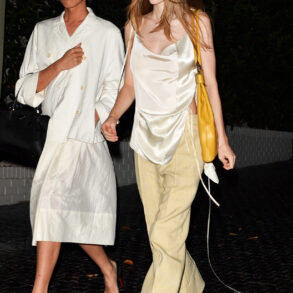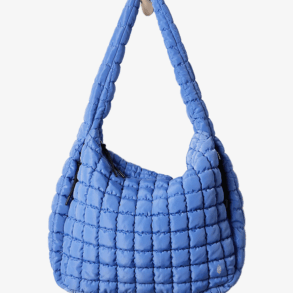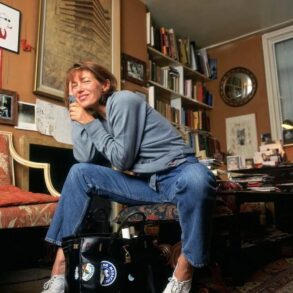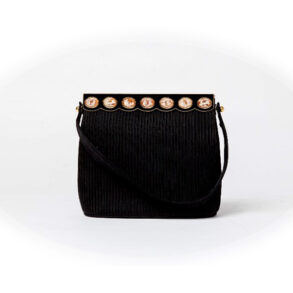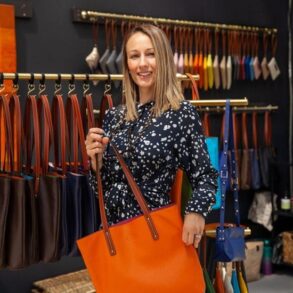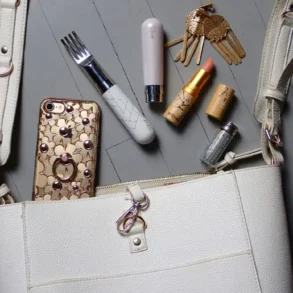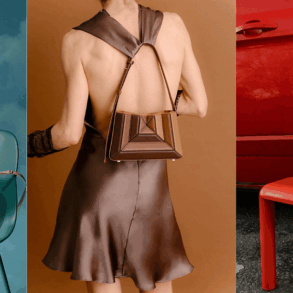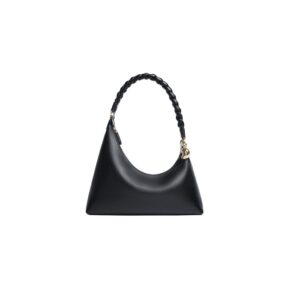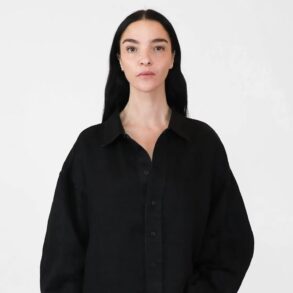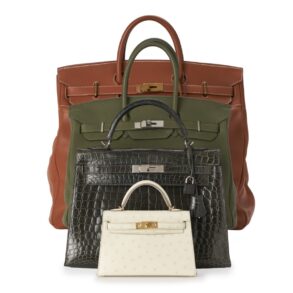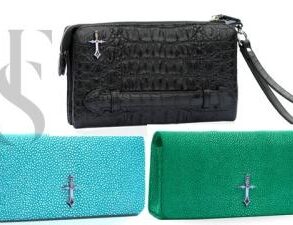Billboard Women in Music 2025
VERNEUIL-EN-HALATTE, France — Chanel is lifting the lid on the making of its $10,000 classic flap handbag.
For the first time, the French luxury house has opened the doors to one of its leather goods factories as part of its ongoing push to promote its pillar style. The move comes on the heels of last year’s high-profile advertising campaign for the 11.12 handbag, starring Brad Pitt and Penélope Cruz.
Bruno Pavlovsky, president of fashion and president of Chanel SAS, said that while the ad blitz helped to burnish the aura of the timeless bag, it coincided with a sharp drop in luxury spending, particularly in China, and growing pushback against a series of price increases that have placed Chanel in the same bracket as rival Hermès.
“This context has led us to gradually open up and explain the situation,” he told WWD.
“We offer high value-added products that require exceptional know-how and materials, as well as extensive training with passionate teams,” he added. “If we don’t show why it’s expensive, people can’t know.”
Regardless of market fluctuations, the quilted handbag is intrinsic to the house’s mystique, maintaining its draw across generations. “At Chanel, there is No.5 and there is the iconic bag,” said Pavlovsky. “These are the two drivers of the brand.”
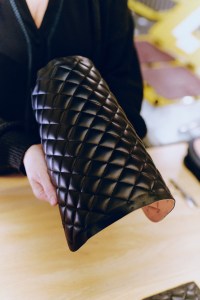
Checking a section of quilted leather at Chanel’s AVH handbag factory.
Courtesy of Chanel
Unlike Hermès, which has established a network of directly owned leather goods workshops across France, Chanel has historically worked with a group of manufacturers in France and Italy that collectively employ several thousand people.
Though most of its suppliers also work with other brands, Chanel has partnered with many of them for decades and supported them at critical junctures — during the coronavirus pandemic, for example, or when the original owners retire and hand over the management reins.
Often, that support has come in the form of discreet investments. Among its most recent acquisitions are stakes in two Italian companies: costume jewelry and metal accessories maker Leo France and shoe manufacturer Grey Mer.
A French Specialty
Nowadays, Chanel produces two-thirds of its bags with factories that it controls, and one third with suppliers that remain independent, Pavlovsky specified.
“At Chanel, we have always favored a balance between the teams and factories that we control and those that we don’t control. I pay particular attention to those we don’t control, because they are the ones that keep our feet on the ground,” he said. “It’s what allows us to stay connected to the market.”
Its signature handbag is made exclusively in France. Les Ateliers de Verneuil-en-Halatte, or AVH, is one of its key production sites, due to its location an hour and a half’s drive from central Paris. Based in the Oise department since 1990, the factory moved into its current premises in 2021.

The exterior of Chanel’s Les Ateliers de Verneuil-en-Halatte (AVH) handbag factory in France.
Courtesy of Chanel
On a recent visit to the bright and airy leather goods workshop on the edge of the Halatte forest, visitors were walked through the making of the bag, which involves some 180 steps.
The 270,000-square-foot factory was built according to exacting environmental standards and produces part of its energy thanks to solar panels, said Célia Barani, managing director of AVH. It’s home to 470 people, including 300 artisans who work in north-facing workshops on the second floor to guarantee the best light.
In the atrium that houses the communal dining area, a large screen broadcasts footage of the brand’s latest runway display at the Grand Palais. On show days, all the artisans gather there to see which of their bags made the cut, Barani said.
The workshop specializes in producing the 11.12, a reinterpretation of the 2.55 bag launched by founder Gabrielle “Coco” Chanel in 1955. It crested in popularity under the house’s late creative director Karl Lagerfeld after he took over in the ’80s.
“Since then, it hasn’t changed. Its proportions remain the same, and the manufacturing techniques are identical,” Barani said.
Chanel likes to call it a “couturière” bag because it’s sewn and turned inside out like a jacket, and comes not just in leather — including the kind of ultrasoft lambskin used by glovemakers — but also seasonal materials including tweed, denim, sheepskin and embroidered designs created by the specialist workshops at its craftsmanship hub Le19M.

Getting ready to flip a handbag inside out at Chanel’s AVH factory.
Courtesy of Chanel
Where Generations Meet
Unlike Hermès bags, which are produced by a single artisan, Chanel’s classic bag requires the input of some 30 people, from model makers to preparers, cutters and assemblers, who work in clusters of four.
“To fully train one of our leather goods artisans takes around four to five years,” Barani explained, noting that workers generally begin by specializing in a single step.
“The aim is for each artisan to eventually be able to make their bag from A to Z, but it’s very gradual. Our priority is to preserve this know-how through a system of apprenticeship, whereby experienced artisans work hand-in-hand with more recent recruits so that, over time, they learn how to master all these skills,” she added.
The facility has an on-site training school, which welcomes groups of 10 apprentices at a time and also provides on-the-job training for existing employees, who are 82 percent female and range in age from 18 to 65.
They include veterans like Sylvie, who’s been making Chanel handbags for 38 years and is in charge of braiding their distinctive leather and metal chain straps.

Checking the signature braided metal and leather chain at Chanel’s AVH handbag factory.
Courtesy of Chanel
Faced with a chronic shortage of skilled workers across the luxury sector, Chanel welcomes both newcomers to the job market and people seeking to change careers, with new hires including former florists and carpenters, according to Barani.
The group has hired 1,200 people under age 30 per year since 2022 as part of the French government’s “One youth, one solution” program. At AVH, it brings on between 40 and 50 artisans a year, mainly to replace those who have reached retirement age, said Barani. As a result, a third of the workforce there is under age 30.
Chanel has had to adjust to the expectations of these younger workers, who demand higher salaries and more flexible working hours, Pavlovsky said. “COVID-19 marked a real turning point in terms of people’s expectations,” he said. “A lot of people decided to change lives and it’s been hard for us to train people to replace them.”
Among the more recent recruits is Jennifer, who used to be in the army and now stamps the gold Chanel logo inside the bags.
The Verneuil-en-Halatte site is home to a materials storage unit with more than 900 leather and fabric references and 1,100 varieties of hardware and thread. “All our materials come from supply chains that are traceable, sustainable and responsible. We work with tanneries in France, Italy and Spain that belong to our ecosystem,” Barani said.
Each bag requires 20 pieces of leather, with offcuts recycled to make salpa, a bonded leather fiber material used for prototypes, or heels for the brand’s slingback shoes.

Preparing leather for cutting at Chanel’s AVH handbag factory.
Courtesy of Chanel
There is a test laboratory where samples of materials and finished bags are put through their paces, and a repair workshop where a weathered brown bag awaited rescue, its flap chewed by a dog.
A Hotline to Fashion
But what really sets the facility apart is its development and design workshop, which is in constant dialogue with the creative teams at the design studio on Rue Cambon in Paris and the specialty workshops at Le19M, including embroiderer and tweed-maker Lesage; embroidery workshop Atelier Montex, and Lemarié, in charge of flowers and feathers.
In tandem with the ready-to-wear schedule, AVH turns around eight collections a year. A team of 40 people translate the creative brief, which can come in the shape of a sketch, an inspiration image or a bag from Chanel’s sprawling archives.
“We are truly a fashion leather goods company,” said Barani. “Keeping pace with these ready-to-wear collections means you’re always working with new models and materials. As a result, you’re always learning. You never get bored.”
A case in point is the new 25 bag, which is also produced on site. Launched in March, it’s backed by a global campaign featuring Dua Lipa and Blackpink’s Jennie Kim, nicknamed “Human Chanel” by her fans.
The medium-sized version in black grained calfskin retails for $6,400, broadly in the same range as the brand’s previous launch, the 22, which sells for $5,800.

Jennie Kim in the Chanel 25 campaign.
David Sims/Courtesy of Chanel
Meanwhile, the price of a Chanel Medium Classic bag has gone from $5,800 in 2019 to $10,800 in 2025, an increase of 86 percent, according to New York-based reseller Madison Avenue Couture, which touts it as an investment that outperforms gold and the stock market.
For the past few years, Chanel has increased its prices in March and September to reflect inflation in raw materials and harmonize its prices between different regions.
Pavlovsky said the price in euros is raised once a year. “We’re deciding how much it will be for 2025 and when the price increase will take effect, and then you have the adjustment linked to the dollar exchange rate,” he said. “We don’t move prices all the time. We monitor currencies and in general, we time it to the launch of collections.”
Nonetheless, he reiterated that Chanel has no intention of changing its pricing policy.
Rather, it will continue to provide more insight into its fabrication process, something he believes will become increasingly important as the European Union implements a new regulation requiring nearly all products sold in the zone to feature a digital product passport.
This initiative, part of the Ecodesign for Sustainable Products Regulation, aims to enhance transparency by providing comprehensive information about each product’s origin, materials, environmental impact and disposal recommendations.
“The day the digital passport is implemented, it will include mandatory information to calculate the carbon impact of each product, but it will probably also feature more marketing-oriented information about what makes the product specific,” Pavlovsky explained.
“The idea is not to do this for thousands of products, but perhaps to progressively enrich these digital passports for certain products with information that highlights the know-how that goes into them,” he added. “What you’re seeing today is a glimpse of the future.”
This post was originally published on this site be sure to check out more of their content.
